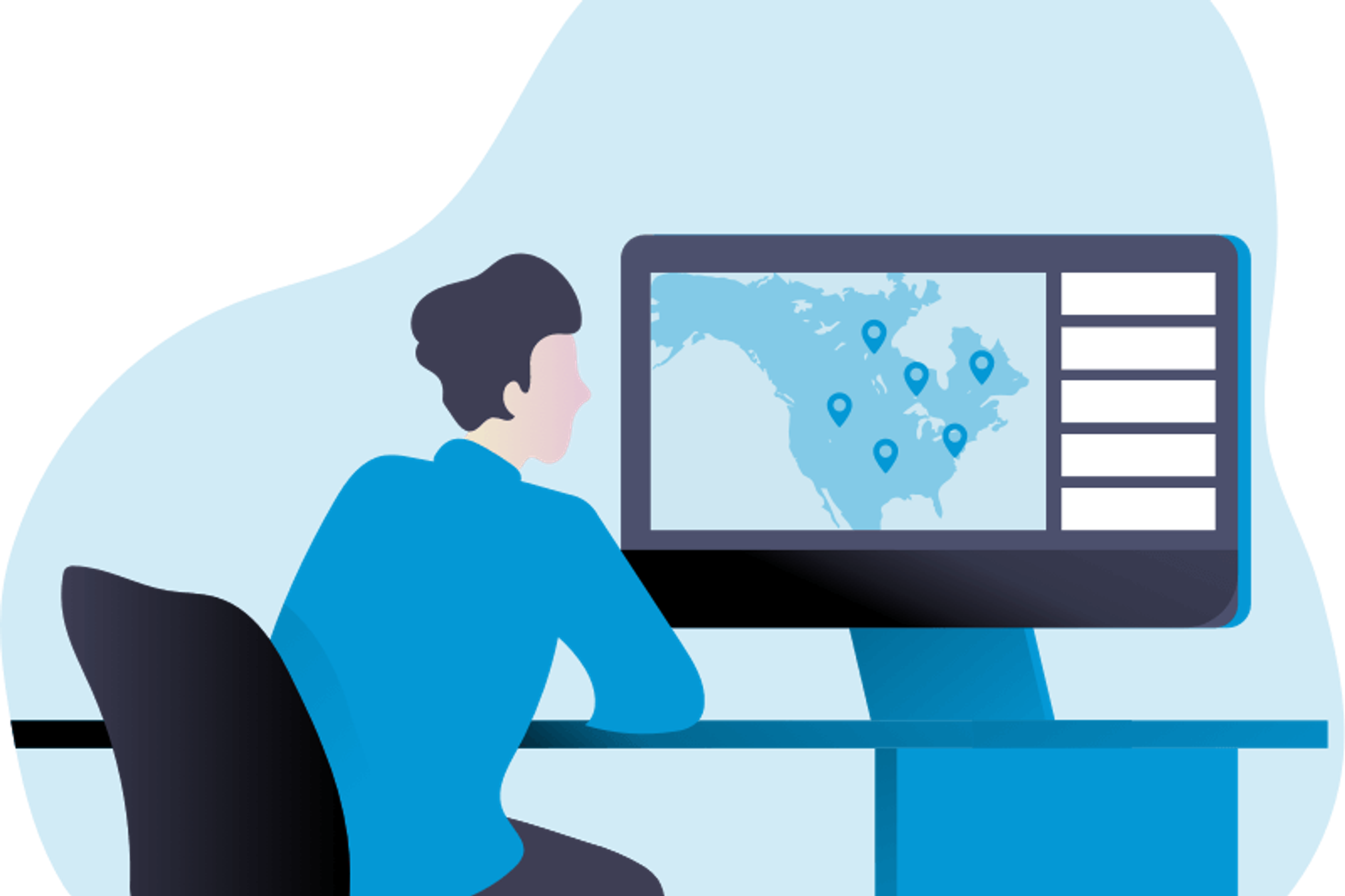Thursday, November 14, 2024
10 Points to Consider When Choosing Non-Emergency Medical Transport Software

In the rapidly evolving healthcare landscape, Non-Emergency Medical Transport (NEMT) plays a crucial role in ensuring patients have access to essential medical services. With the increasing demand for efficient and reliable transportation solutions, selecting the right software for your NEMT operations is essential. Here are ten key points to consider when making your choice.
1. User-Friendly Interface
An intuitive user interface is critical for both your staff and your clients. Look for software that is easy to navigate, with a clear design that minimizes training time. A user-friendly interface can streamline operations and enhance the overall experience for everyone involved.
2. Flexible Options
The common perception is that any software used by a famous business will be the best one but it is usually the opposite most of the time, especially in niche markets like NEMT. Old softwares are built around the specific needs of old clients that stick to their old ways of doing things. Every NEMT provider has unique needs. Choose software that allows settings to align with your operational requirements. This flexibility will help you tailor the system to meet specific business goals and enhance efficiency.
3. Scheduling and Dispatch Features
Robust scheduling and dispatch tools are essential for effective fleet management. Look for software that offers automated scheduling, real-time updates, and the ability to manage multiple vehicles and routes seamlessly. This functionality helps ensure timely pickups and drop-offs.
4. GPS Tracking and Route Optimization
Integrated GPS tracking can improve route planning and enhance service reliability. Software with route optimization features helps reduce travel time and fuel costs, ultimately benefiting both your bottom line and your clients. Businesses will be better equipped to serve clients if they know which driver is currently free and is in the vicinity and can pick up members as early as possible. This will save you time and Fuel.
5. Billing and Insurance Processing
Efficient billing and insurance claim processing are vital for maintaining cash flow. Select software that simplifies invoicing and integrates with insurance providers to streamline the reimbursement process, reducing the administrative burden on your team.
6. Compliance and Reporting Tools
Compliance with local, state, and federal regulations is crucial in the healthcare sector. Look for software that includes reporting tools to help you track compliance metrics and generate necessary documentation for audits and regulatory requirements. Reporting can vary for each business working in the same industry. Look for a provider that can deliver any report you may want in future. The absence of this facility sometimes can restrict businesses from innovating and getting better at what they do. Visibility is the cornerstone of any efficient control and monitoring system. Visibility is necessary to ensure compliance.
7. Mobile Accessibility
In today’s digital age, mobile accessibility is increasingly important. Choose software that offers mobile applications for drivers and clients. This allows for real-time updates, notifications, and easy communication, enhancing overall service delivery. In today’s digital age, anybody can tell with a glance, if a piece of software is made with current technologies or is a piece of generations old interface. Today is the age where UI/UX matters.
8. Customer Support and Training
Reliable customer support can make or break your experience with any business and a software solution is no different. Ensure the provider offers comprehensive training resources and responsive support to assist your team in troubleshooting issues or learning new features. Any software solutions should be easy enough as well to avoid steep learning curves. Complex systems sometimes become more of a struggle than a help.
9. Integration Capabilities
Your NEMT software should integrate seamlessly with other systems you use, such as Insurance brokers or electronic health records (EHR). This integration can enhance data sharing and streamline operations across your organization. It also eliminates any extra time and costs that might be incurred due to manual labour.
10. Cost and Value
Finally, consider the cost of the software and the value it provides. While it’s essential to stay within budget, prioritize features that will enhance your operations and improve patient care. Look for software that offers a balance between affordability and functionality.
Conclusion
Choosing the right Non-Emergency Medical Transport software can significantly impact your operational efficiency and patient satisfaction. By considering these ten points, you can make an informed decision that meets the needs of your business and the patients you serve. Take your time to evaluate options, request demos, and seek feedback from users to ensure you make the best choice for your NEMT operations.